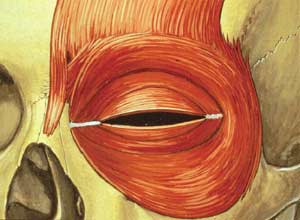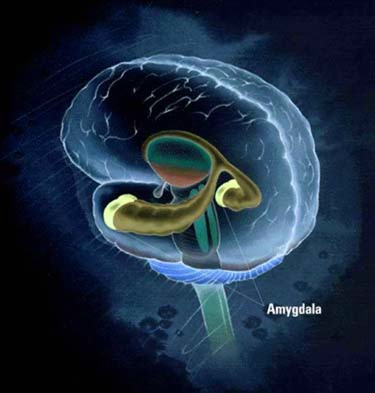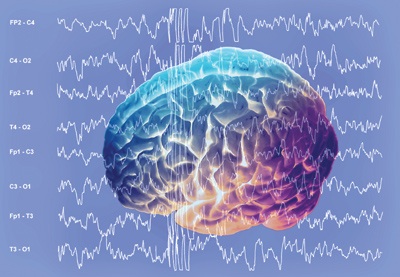SELECTED ON-GOING RESEARCH PROJECTS
IN PROGRESS
Gender Differences in Pathways to Substance Use or Desistance, and Violence
This study is funded by National Institute of Drug Abuse to Dr. Edelyn Verona in order to examine distinct etiological pathways to substance use in men and women. A focus of a couple of review papers submitted for publication in our lab (Javdani, Sadeh, & Verona, 2012) suggests that female-specific conceptualizations of antisocial behavior are justified by evidence that certain individual level etiological factors are particularly relevant for women. In addition, closely examining gender as an individual difference variable as well as a socially-relevant category exposes the role of gender in and its implications for existing research and highlights the critical contexts in which female antisociality manifests and is maintained (e.g., interpersonal violence, sex work). This project will empirically test some of these notions by exploring distinct genetic and environmental contributors to substance use desistance and violence in women and men. We will use multivariate models involving GxE effects and mediators of these effects to predict pathways for desistance and determine whether these models differ between men and women.
Negative Emotionality and Self-Harm
This study examines the role of rumination in the functions and outcomes of self-harm. An analog paradigm is being used to analyze whether negative affect is decreased following the experience of pain when individuals are primed to ruminate about negative events. The use of a eye-blink startle reflex paradigm will allow us to more closely map patterns of negative affective experience in the context of rumination and pain induction, as a way of understanding the functions of self-harm and their outcomes, which have implications for the understanding and treatment of syndromes involved self-injurious behavior. This project is being conducting by Konrad Bresin.
Neuroimaging Projects of Anger, Personality Disorders, and Depression
In collaboration with colleagues Dr. Wendy Heller and Dr. Greg Miller, we are developing projects to understand patterns of neural activity (DLPFC, OFC, and amygdala) and attentional control among individuals with anger and/or depression, as well as individuals with personality traits indicative of psychopathy or personality disorders. This work is meant to enhance our ability to understand brain-behavior relationships that lead to problems of aggression, emotional dyscontrol, and callousness.
UNDER DATA ANALYSES
Stress-Induced Hormone Responses and Disinhibition in Adolescents Varying on Personality and Genotypes
This study examined neuroendocrine and behavioral responses following a social stressor among adolescents, with a focus on individual difference moderators of stress effects on cortisol and impulsivity or risk-taking in the lab. The first goal of this study was to examine whether the intensity of the stress response, measured via cortisol and testosterone concentrations, and disinhibited behaviors, measured as performance on impulsivity and risk-taking tasks, differ as a function of personality traits or genes in adolescents. This project was conducted by Sima Finy.- A paper has been submitted with this goal, specifically regarding the moderating role of personality traits measured using a simplified-wording version of the Multidimensional Personality Questionnaire (Finy, Bresin, Korol, & Verona, 2012).
- Furthermore, we are examining links between cortisol and serotonin levels and callous-unemotional traits and conduct problems in these youth.
Neurophysiological Correlates of Psychopathy, Externalizing Syndromes, and Candidate Genes
We collected data for a project in which a subset of the participants from the previous larger study were called back to participate in a couple of laboratory studies. The laboratory portion include (a) an examination of emotion-cognition interactions that differentiate individuals with antisocial personality disorder (APD-only), APD + psychopathy (APD+PP), and control offenders using event-related brain potentials (ERPs) in an emotional linguistic go/no-go task, (b) analyses of selective attention in psychopathic individuals and their processing of emotional stimuli in an IAPS-slide paradigm, using ERP, startle and behavioral measures, and (c) examining self-monitoring (or error-related negativity) in a flanker task among those varying on psychopathy and certain personality traits (e.g., conscientiousness). Jenessa Sprague and Naomi Sadeh coordinated different components of this project.- Two studies have been published on these data, specifically studies (a) and (b) above: Sadeh, N., & Verona, E. (2012). Visual Complexity Attenuates Emotional Processing in Psychopathy: Implications for Fear-Potentiated Startle Deficits. Cognitive, Affective, and Behavioral Neuroscience, 12, 346-360; Verona, E., *Sprague, J., & *Sadeh, N. (2012). Inhibitory control and negative emotional processing in psychopathy and antisocial personality disorder. Journal of Abnormal Psychology, 121, 498-510.
- Other studies coming out of these data will explore psychopathy and post-error slowing and event-related negativity (ERN), and electrophysiological patterns as potential endophenotypes for externalizing and psychopathy(e.g., MAOA, 5HTTP, DRD4, COMT).
Borderline Personality Disorder, Psychopathy/Antisociality, and Gender
We continue to examine links between Borderline Personality Disorder and psychopathic traits, and differential relationships by gender, by attempting to isolate the emotional and behavioral processes that represent common vulnerabilities for the manifestations of personality disorders across the genders. This project was led by Jenessa Sprague.- This project led to one published study (Sprague & Verona, 2010) in the Journal of Abnormal Psychology . Behavioral data on the emotional linguistic go/no-go task showed that participants high on both Antisocial Personality and Borderline Personality traits exhibited emotion-induced deficits in behavioral responding. Short term, they showed slower RTs in blocks of general negative words, although they recovered by the second block. Importantly, they exhibited continued deficits in responding to the diagnostic-specific negative words across blocks.
- Two other studies were recently published investigating gender differences in manifestations and correlates of psychopathy factors in the APA journal Personality Disorders: Theory, Research and Treatment. First, we found that whereas the impulsive-antisocial traits of psychopathy (Factor 2) relate to BPD similarly across the genders, the interaction of affective-interpersonal deficits (Factor 1) and impulsive-antisocial traits (Factor 2) of psychopathy represent risk for BPD only in women (Sprague, Javdani, Sadeh, Newman, & Verona, 2012). Similar results were uncovered in regards to a history of suicidality or self-harm, and BPD mediated the relationship between psychopathy and suicidality in different ways across the genders (Verona, Sprague, & Javdani, 2012).



